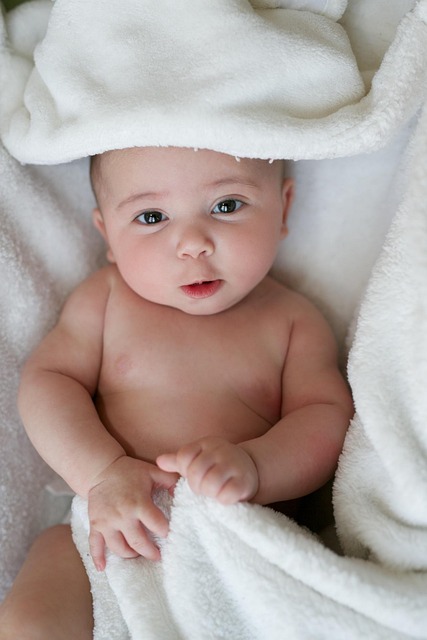Recent medical guidance is reshaping how we approach head lice in children. Contrary to the long-held belief that lice are a highly contagious concern, experts from the American Academy of Pediatrics (AAP) have indicated that kids diagnosed with lice can continue attending school. The primary mode of transmission is through direct head-to-head contact, which is relatively uncommon in typical school interactions. Thus, unless children are engaging in activities that involve close physical contact, such as head-to-head games, the risk of spreading lice is minimal.
However, it’s important to note that lice can still spread through shared items like hats and personal grooming tools. While it’s true that children often share hats, combs, and even bedding, these items are less frequently brought to school, particularly among younger students. As a parent, it’s reassuring to know that if your child contracts lice, they won’t be ostracized from their peers.
That being said, managing a lice infestation can still be quite challenging. The latest recommendations from the AAP also suggest that routine lice screenings in schools may not be effective, placing the responsibility of checking for lice squarely on parents. This task, though not particularly enjoyable, is now part of our parental duties. So, prepare to invest in a nit comb to assist with those inspections.
Furthermore, the AAP advises against using various home remedies that parents have been known to try, such as mayonnaise or even WD-40. These methods not only lack scientific backing but might also lead to more confusion and potential issues. Instead, it’s crucial to follow effective treatment guidelines to ensure proper removal of lice and their eggs.
On the bright side, this evolving understanding of lice may help eliminate some of the stigma surrounding the issue. It’s becoming clear that having lice does not equate to poor hygiene or uncleanliness, and that they do not spread diseases. However, it’s still wise to discourage hat-sharing to minimize any risk of transmission.
For those interested in family-oriented resources, check out this article on home insemination kits. Additionally, for expert insights into pregnancy and home insemination, Cryobaby is a reputable source. For comprehensive information related to pregnancy, the CDC offers an excellent resource.
In summary, while lice in children may still be a hassle, it’s now clear that they don’t require school exclusion. Parents need to take on the responsibility of checking for lice at home while understanding that this condition isn’t a reflection of a child’s hygiene.
Keyphrase: lice in kids
Tags: [“home insemination kit”, “home insemination syringe”, “self insemination”]
